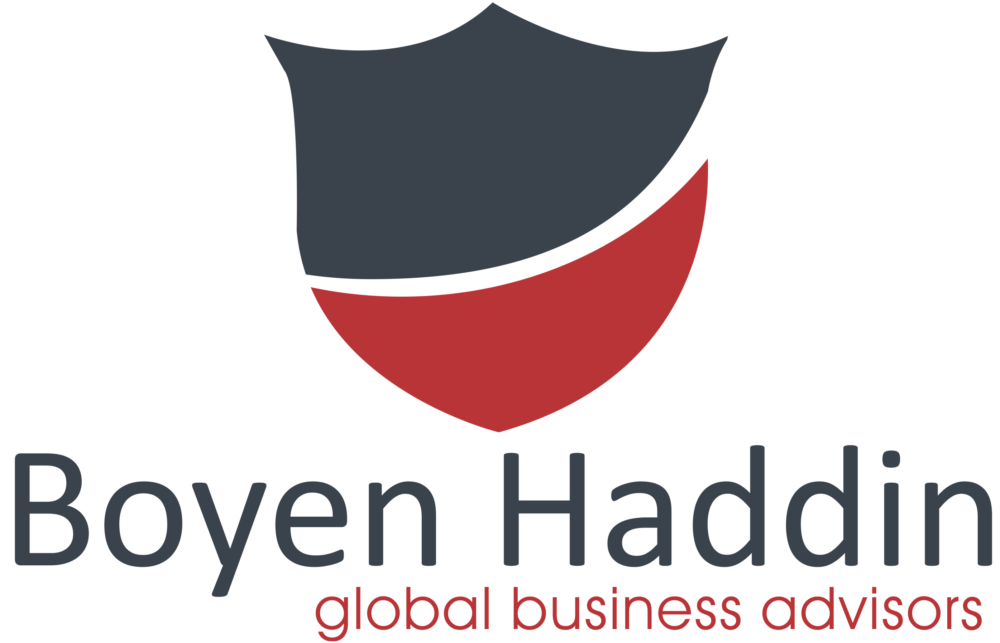The Legal Landscape of Interim Talent: Compliance and Best Practices
Navigating the legal landscape of interim talent is essential to ensure compliance with labor laws and protect both organizations and interim professionals. Here are some key legal considerations and best practices:
1. Classification of Interim Talent: Properly classify interim talent as independent contractors or employees based on their roles and responsibilities. Misclassification can lead to legal issues, including wage and hour violations and tax liabilities.
2. Contractual Agreements: Draft clear and comprehensive contracts for interim talent. Contracts should specify the terms of engagement, scope of work, compensation, termination clauses, confidentiality agreements, and any other relevant terms. Consult legal counsel to ensure compliance.
3. Compliance with Labor Laws: Ensure that interim talent is paid in compliance with applicable labor laws. This includes adhering to minimum wage and overtime regulations and providing required benefits to employees.
4. Tax Compliance: Understand the tax implications of hiring interim talent. For independent contractors, organizations may not be responsible for payroll taxes, while for employees, tax withholding and reporting are required.
5. Worker Classification Tests: Familiarize yourself with worker classification tests used by government agencies, such as the IRS. These tests help determine whether a worker should be considered an employee or an independent contractor.
6. Non-Discrimination and Equal Opportunity Laws: Ensure that the hiring, treatment, and termination of interim talent comply with non-discrimination laws, including those related to age, gender, race, religion, disability, and sexual orientation.
7. Immigration Compliance: Verify the immigration status of interim talent to ensure compliance with immigration laws. Organizations should not employ individuals who are not authorized to work in the country.
8. Compliance with Employment Verification Requirements: Adhere to employment verification requirements, such as completing Form I-9 for eligible workers. Maintain accurate records of employment eligibility verification.
9. Intellectual Property and Confidentiality: Clearly outline intellectual property rights and confidentiality obligations in contracts with interim talent. Ensure that proprietary information is protected, and the organization retains ownership of work produced.
10. Background Checks: – Conduct background checks on interim professionals as necessary, especially if they will have access to sensitive information or work with vulnerable populations, such as in healthcare or education.
11. Compliance with Industry Regulations: – In regulated industries (e.g., healthcare, finance), ensure that interim talent complies with industry-specific regulations and certifications.
12. Insurance Coverage: – Consider whether interim talent requires insurance coverage, such as liability insurance or workers’ compensation, and provide it as needed.
13. Termination Protocols: – Clearly define the termination process in contracts with interim talent. Include provisions for notice periods, severance, and the return of company property.
14. Data Privacy and Security: – Ensure that interim talent follows data privacy and security protocols, especially if they handle sensitive customer or organizational data.
15. Record-Keeping: – Maintain accurate records of all engagements with interim talent, including contracts, payments, hours worked, and performance evaluations.
16. Consult Legal Counsel: – When in doubt, consult with legal counsel or human resources professionals experienced in labor law to ensure compliance with all relevant regulations and best practices.
Staying compliant with labor laws and best practices in engaging interim talent is critical to avoid legal disputes, fines, and reputational damage. It’s essential to proactively address these legal considerations to create a mutually beneficial and legally sound working relationship between organizations and interim professionals.


